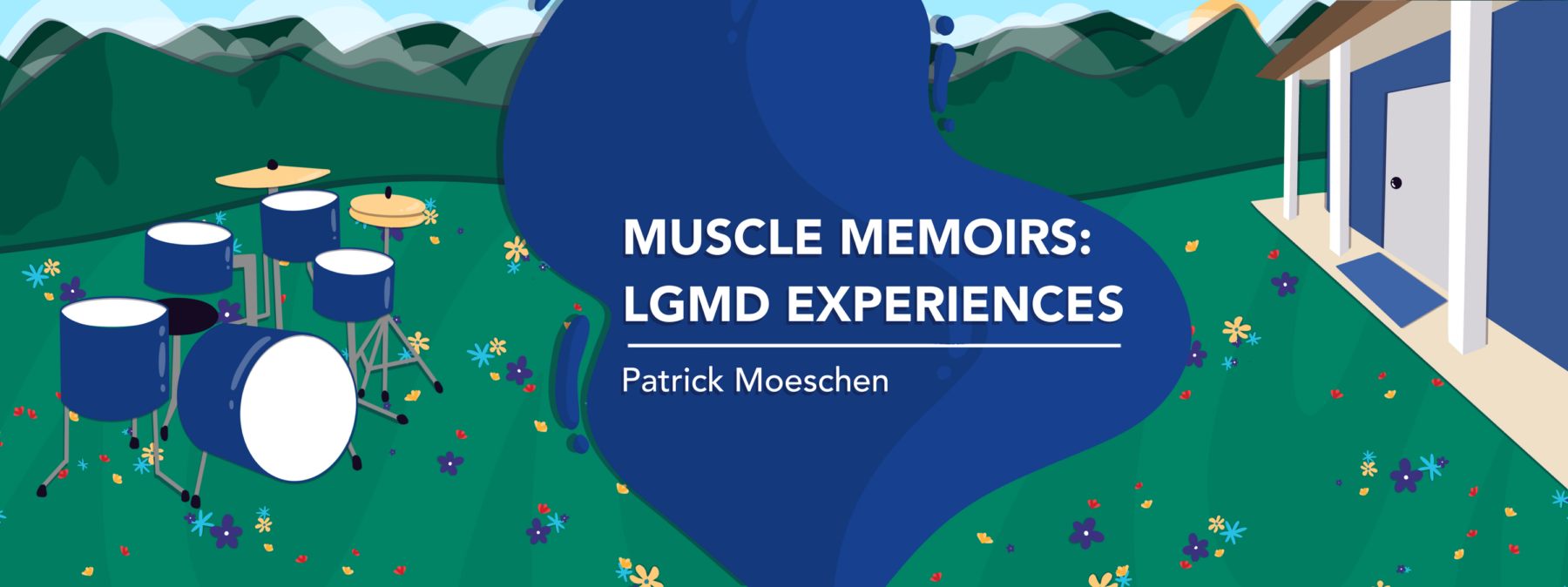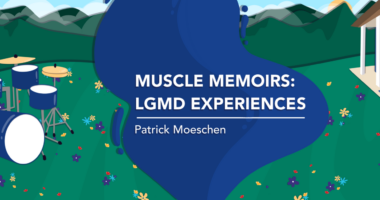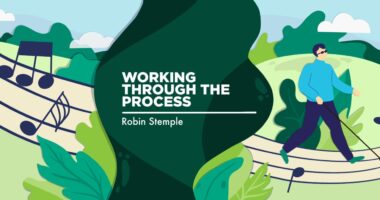In life with muscular dystrophy, it’s all about the planning
Preparations help when I drive to a building, park, and move about

Living happily with limb-girdle muscular dystrophy, as I do, requires patience, a positive attitude, and a good support system of family, friends, and a professional care team. But I’ve learned there’s another huge component for me to succeed: planning. Abilities that able-bodied people take for granted often require well-thought-out steps for those of us using wheelchairs.
For instance, when leaving the house, the able-bodied may lock the front door, go out to the car, buckle up, and drive to their destination. Here’s what that task looks like for me, and maybe for you, too:
Because of my weakened hand muscles, I can’t turn a key in a door, nor can I put on a coat or a hat by myself; I need to plan on help.
Once I reach my van (I am able to drive), I use a push-button key fob to bring out my ramp, then I drive myself and my chair into a locking spot that’s lined up with the steering wheel. The seat belt is already in place, thanks to a few small bungee cords, and I wear a Velcro chest strap that’s fastened by someone else before I leave the house. I have a push-button start on a computer screen that controls the transmission.
To drive, I use two mounted joysticks. The one on the left allows my left hand to control the brake and the gas; I push forward to brake and pull back to get gas. The joystick near my right hand moves left to right, which is how I control the steering wheel.
I don’t usually lock my van, as I joke that no one could drive it even if they stole it. It’s as if I have built-in security!
Upon arriving
The able-bodied person drives to their destination, parks, and walks into the building where they’ve arrived. Here’s what that looks like for me.
If I’m heading to a public location, I first need to hope that the accessible parking spots haven’t been taken by people who don’t need them. It happens more often than you think. Worse are the people who park on the painted lines between the accessible spots, perhaps thinking their no-parking status is a a suggestion rather than a mandate. I’ve often come out of a store by myself only to realize that I can’t pull out my ramp (which, in my case, is on the passenger side and extends about 6 feet) because someone has parked illegally on those painted lines.
At this point, I can either (1) go back into the business to find the car’s owner (easy at the bank, not so easy at Target or Walmart), (2) wait around in the parking lot until the person shows up (that’s led to some interesting conversations), or (3) call the police. I’ve done all three.
Thankfully, I’ve taught friends and family to back up my van using the hand controls. If I’m not alone, the person I’m traveling with can sometimes back up the van until I can pull out my ramp.
I should point out that this situation is great fun in the winter and when it’s raining. It’s a joy in the summer when it’s really hot out as well. That’s sarcasm, of course. Please don’t park on the lines between the accessible spots. Ever.
If I’m heading to a private location, I need to check first if and how I’m going to get into the house or building. Very few of my friends and family have barrier-free houses, so I may need to bring one of my portable ramps to get inside.
A second option is to bring a lightweight manual wheelchair. When I arrive, friends or family need to transfer me from my power wheelchair to the manual, and then lift the manual wheelchair (with me now in it) up the steps and into the house. These trips need to be planned around weather conditions, as well as available people who know about my condition and can transfer me.
As you can see, it’s all about planning. An able-bodied person grabs a coat, their car keys, and departs. Wheelchair users have a few more steps. The destination is achievable, but the journey and the preparation I’ve described are reality for many people living with muscular dystrophy or other physical disabilities.
The bottom line is that I can handle the vast majority of activities, as long as I think them through. I’ll always face unexpected challenges, but they simply become part of the journey.
Note: Muscular Dystrophy News Today is strictly a news and information website about the disease. It does not provide medical advice, diagnosis, or treatment. This content is not intended to be a substitute for professional medical advice, diagnosis, or treatment. Always seek the advice of your physician or another qualified health provider with any questions you may have regarding a medical condition. Never disregard professional medical advice or delay in seeking it because of something you have read on this website. The opinions expressed in this column are not those of Muscular Dystrophy News Today or its parent company, Bionews, and are intended to spark discussion about issues pertaining to muscular dystrophy.







Fred
Do you sometimes talk, discuss about others strategies? There are so many therapies, clinical trials for DMD in progress you never present in this website. Are you really aware about what's going on in the DMD community? So focus on only a few others approaches.
Pat Moeschen
Hi Fred-
While I am most comfortable sharing my personal LGMD experience, I work full time for Parent Project Muscular Dystrophy and advise a group of more than 50 adults living with DMD and BMD. I am deeply involved in the DMD space. All of the new therapies are bringing hope to the entire MD population. I encourage you to start a blog if you do not already have one. I would love to know about your journey at whatever level you are comfortable sharing. This link will take you to the group that I work with: https://www.parentprojectmd.org/get-involved/connect/for-young-adults/